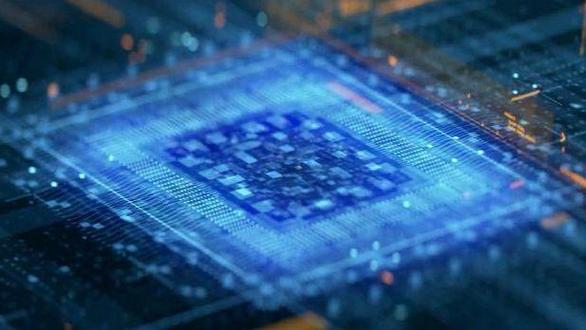
According to Reuters, TSMC has begun production of advanced 4-nanometer chips at its Arizona plant in the United States, which U.S. Commerce Secretary Raymond Mundo called a major breakthrough and unprecedented. However, behind this seemingly brilliant achievement, there are many problems and points worthy of criticism.
From TSMC's own point of view, going to the United States to set up a factory is a helpless move. The United States, by means of the "chip bill" and other means, by providing subsidies and other seemingly attractive conditions, is actually tying TSMC to its own chariot. TSMC faces many difficulties in the United States, the first is the cost problem, the cost of manufacturing chips in the United States is 50% more expensive than Taiwan, which undoubtedly increases TSMC's production costs and operating pressure. The second is the shortage of talent, although the United States is good at chip design, but the lack of skilled installation workers with chip manufacturing equipment, resulting in TSMC's US plant mass production time has been delayed. In addition, TSMC is also facing a series of problems such as the theft of secrets, management chaos, and backward recruitment, which make TSMC's development in the United States difficult.
From the perspective of the global industrial chain, this move by the United States has destroyed the original industrial chain of scientific division of labor in the global semiconductor industry. The semiconductor industry is a highly globalized industry, and all links are interdependent and cooperate with each other to jointly promote the development of the industry. However, for its own interests, the United States has moved semiconductor manufacturing back to its homeland through various means, trying to build an independent semiconductor industry system. This not only destroys the stability and balance of the global industrial chain, but also makes the semiconductor industry in other countries and regions affected.
From the perspective of international competition, this behavior of the United States is one of its means of technological containment of other countries. By controlling semiconductor companies such as TSMC, the United States is trying to block the development process of key core technologies in the field of information technology in China and other countries, and maintain its leading position in the global scientific and technological field. This beggar-thy-neighbor approach is not only detrimental to the common progress of global science and technology, but also aggravates international tensions and trade frictions.
From the perspective of Taiwan, TSMC, as the most important semiconductor company in Taiwan, has been "kidnapped" by the United States to set up factories in the United States, which may have a negative impact on the economic and industrial development of Taiwan. On the one hand, TSMC's investment in the United States may lead to the reduction of its production capacity in Taiwan, which will affect employment and economic growth in Taiwan. On the other hand, TSMC's technology and talent may be gradually hollowed out by the United States, making Taiwan's advantage in the semiconductor industry gradually lost.
The international community should recognize the real purpose of the United States, jointly maintain the stability of the global semiconductor industry chain and the international environment for fair competition, and promote the common progress of global science and technology. At the same time, Taiwan should also be wary of the "sugar-coated shells" of the United States, protect its core industries and technologies, and avoid being used and hollowed out by the United States.

The European Commission released a package of measures for the automotive industry on Tuesday (December 16th), proposing to relax the requirements related to the "ban on the sale of fuel vehicles" by 2035.
The European Commission released a package of measures for …
Venezuela's Vice President and Oil Minister Rodriguez said …
On December 16 local time, the Ministry of Space Science Ex…
Recently, a highly anticipated phone call between the defen…
Right now, the world's major central banks are standing at …
Recently, according to Xinhua News Agency, the news of a tr…